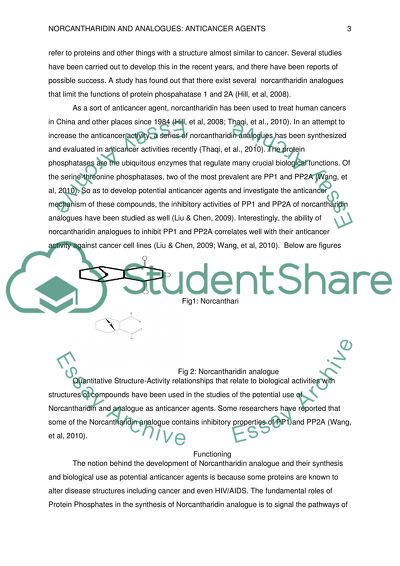Cite this document
(“Norcantharidin and analogues: synthesis and biological use as Essay”, n.d.)
Retrieved from https://studentshare.org/health-sciences-medicine/1493612-norcantharidin-and-analogues-synthesis-and
Retrieved from https://studentshare.org/health-sciences-medicine/1493612-norcantharidin-and-analogues-synthesis-and
(Norcantharidin and Analogues: Synthesis and Biological Use As Essay)
https://studentshare.org/health-sciences-medicine/1493612-norcantharidin-and-analogues-synthesis-and.
https://studentshare.org/health-sciences-medicine/1493612-norcantharidin-and-analogues-synthesis-and.
“Norcantharidin and Analogues: Synthesis and Biological Use As Essay”, n.d. https://studentshare.org/health-sciences-medicine/1493612-norcantharidin-and-analogues-synthesis-and.


